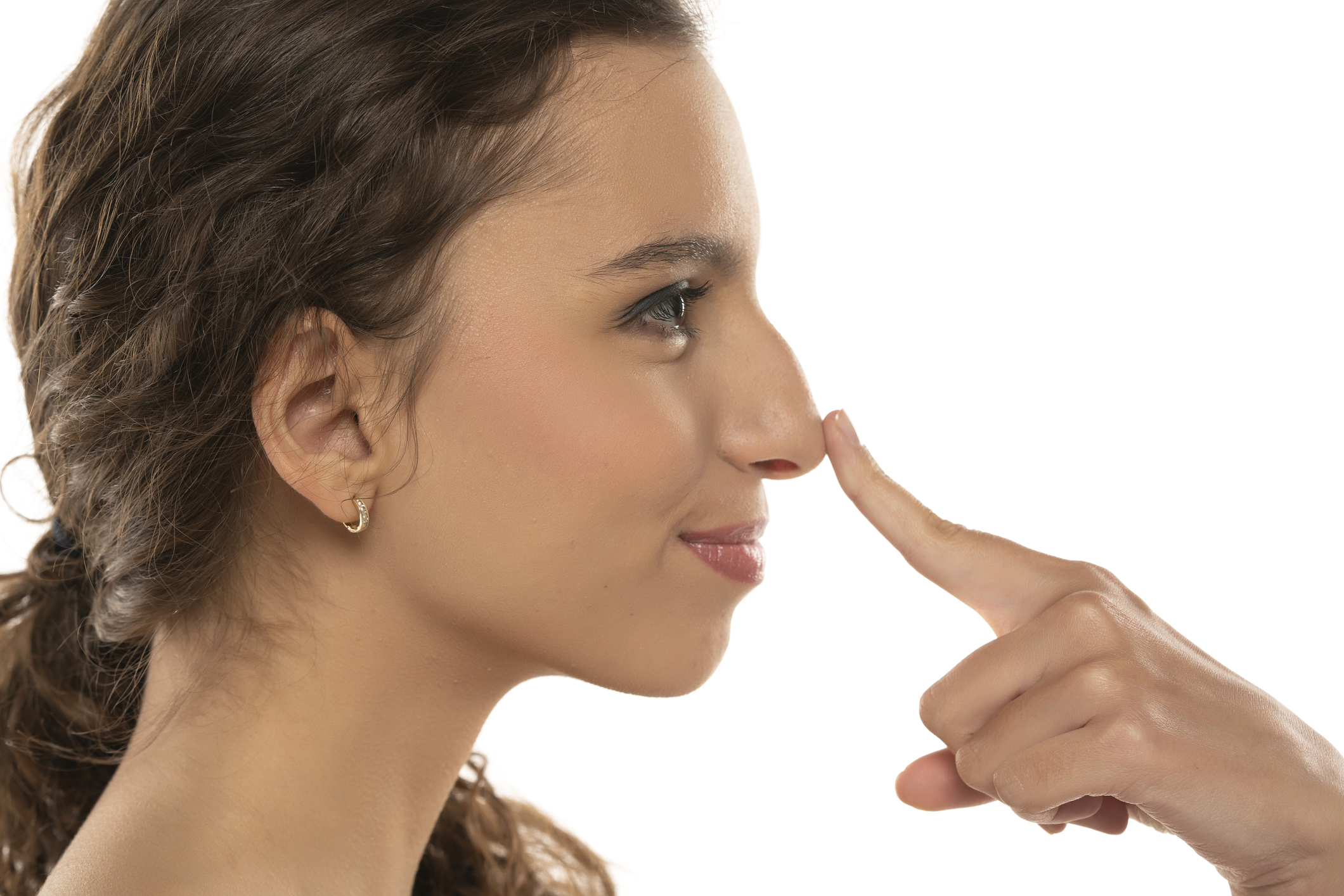Rhinoplasty, commonly known as a “nose job,” is one of the most popular cosmetic surgeries. While many associate it with adults looking to improve their appearance or correct breathing issues, teen rhinoplasty is also becoming more common. However, rhinoplasty for teens requires special considerations compared to adult procedures. Whether driven by aesthetic desires or functional concerns, it’s important for teens and their parents to fully understand the process before moving forward.
In this blog, we’ll explore what teens should know before considering a rhinoplasty, including the ideal age for surgery, recovery expectations, and important factors to weigh before making a decision.
Is Teen Rhinoplasty the Right Option?
Rhinoplasty can help address a variety of issues, including a prominent nasal hump, a crooked nose, or breathing difficulties caused by structural abnormalities. However, because teenagers are still growing, timing is critical. For most girls, the nose is typically fully developed by age 15 or 16, while boys may need to wait until 17 or 18 for optimal results. Performing the surgery too early, while growth is still occurring, could affect the final outcome.
It’s crucial for teens to have realistic expectations about the procedure. Rhinoplasty can enhance facial harmony and improve confidence, but it’s important to understand that no surgical result is “perfect.” Setting clear, achievable goals with a qualified surgeon is key to a successful teen rhinoplasty experience.
Psychological Readiness and Motivation
While improving appearance is a common reason for rhinoplasty, teens need to have the right motivation for undergoing surgery. It’s vital that the decision comes from a personal desire to make a change, rather than external pressures from peers or societal standards. A qualified plastic surgeon will assess the emotional maturity of the teen to ensure they are ready for surgery, both physically and mentally.
Parents also play an important role in this decision-making process. It’s essential for parents and teens to communicate openly about the reasons for wanting the procedure and the potential risks involved.
Choosing a Qualified Surgeon for Teen Rhinoplasty
Because teen rhinoplasty involves young, developing patients, it is critical to choose a surgeon with extensive experience in rhinoplasty, particularly in cases involving younger individuals. A board-certified facial plastic surgeon will have the expertise to address both aesthetic and functional concerns, while also ensuring that the procedure is appropriate for the teen’s stage of development.
In addition, surgeons should be able to communicate clearly with both the teen and their parents, addressing any concerns and explaining the procedure in a way that makes sense to all parties.
Financial Considerations and Insurance for Teen Rhinoplasty
When considering teen rhinoplasty, financial aspects are an important factor that families should discuss openly. The cost of rhinoplasty can vary significantly based on the surgeon’s experience, the complexity of the procedure, and geographic location. While some parents may view it as a worthwhile investment in their teen’s self-esteem, it’s essential to approach this decision with a clear understanding of the financial commitment involved. Insurance coverage for rhinoplasty may be available if the procedure is deemed medically necessary, such as in cases of breathing difficulties or structural abnormalities. Families should consult with their insurance provider to clarify coverage options and any potential out-of-pocket expenses.
Additionally, some surgeons may offer financing plans or payment options, making the procedure more accessible. Overall, discussing these financial implications as a family can help ensure that everyone is on the same page and prepared for the responsibilities associated with the surgery.
Recovery and Aftercare for Teen Rhinoplasty
The recovery process for teen rhinoplasty is similar to that of adult rhinoplasty but may require extra care and support from family members. After surgery, teens will experience swelling and bruising, which typically subsides within a few weeks. It’s essential for teens to avoid strenuous activities, including sports, for at least six weeks to ensure proper healing and to avoid any injury to the nose. Additionally, teens should follow all post-operative instructions provided by their surgeon, including attending follow-up appointments to monitor the healing process and prevent complications. With proper aftercare, teens can expect to see the final results of their rhinoplasty within six to twelve months, allowing them to confidently return to their daily activities.
Conclusion
Teen rhinoplasty can be a transformative procedure, helping young patients feel more confident in their appearance while addressing functional issues. However, it’s important to carefully consider the timing, emotional readiness, and the qualifications of the surgeon. Open communication between teens, parents, and the surgeon is key to ensuring the decision to undergo rhinoplasty is the right one.
By understanding the factors involved, teens can make an informed choice about whether rhinoplasty is the right path for them.








